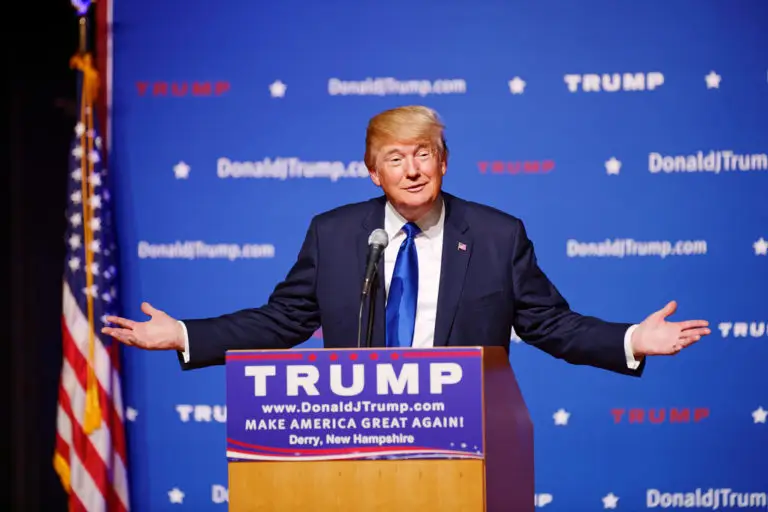Some call it a national security issue. Some defend his right to free speech. Some find it the peak cause of embarrassment. Some passionately follow and retweet any and all content he posts.
But there is an overlooked, harried group of communications professionals who are discussing it and are often forgotten, while possibly being the voices most worth remembering. These are the people who do not have the luxury of discovering his latest tweet in a New York Times headline or letting the algorithm of their Twitter feeds pick it up three days later.
Instead, they have notifications set on their phones to ensure that the minute he tweets, they are aware and responding. Some likely live in a continuous state of anxiety, as they don’t have the luxury of reading his tweets for a laugh or to fuel their next political argument, but instead read them because their jobs quite literally depend on it.
Crisis Communications in the age of Donald Trump is a 24/7 cycle. Leaving work at work is no longer an option for those working for agencies, clients, or government agencies and embassies, places where work is solely focused on reputation management and strategic communication related in any way to the U.S.
It has also swiftly taken the job of these communicators from proactive to reactive. These people are no longer creating content made to persuade and inform public opinion about America at a scheduled pace but are instead spending unprecedented amounts of time creating content that reactively puts out the many fires started on the president’s Twitter account.
A recent New York Times article regarding the Mueller investigation into election meddling and its recent attention to Trump’s tweets opens with, “For years, President Trump has used Twitter as his go-to public relations weapon, mounting a barrage of attacks on celebrities and then political rivals even after advisers warned he could be creating legal problems for himself.”
For communicators, the idea that Donald Trump uses Twitter as a public relations weapon carries significant weight, because they as true public relations professionals suffer more at the hand of that weapon than many. The irony of it all is notable.
While it is widely acknowledged that this time in modern American politics is unlike any before it, it is even more so a time unlike any before it in the world of modern communications and public relations.
The sharp, thoughtful responses required of communicators in the world of Trump and their exhaustive commitment to crisis communications should be not only noticed but admired. It is a time to watch what the leader of the United States is tweeting, but to also watch how communicators take those tweets and strategically use their responses to keep hope and reason alive in audiences that are often left waiting for the next shoe to drop.




